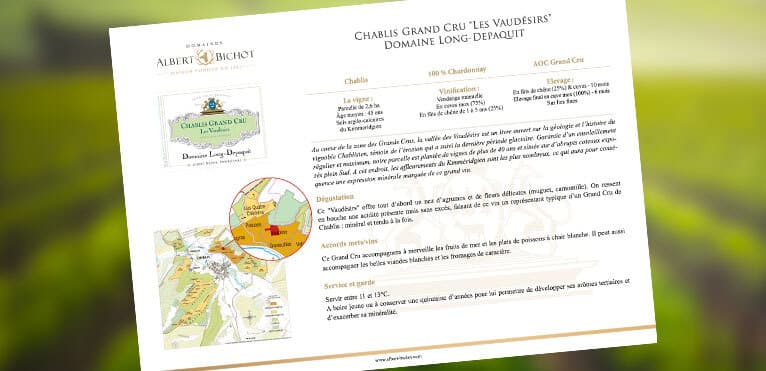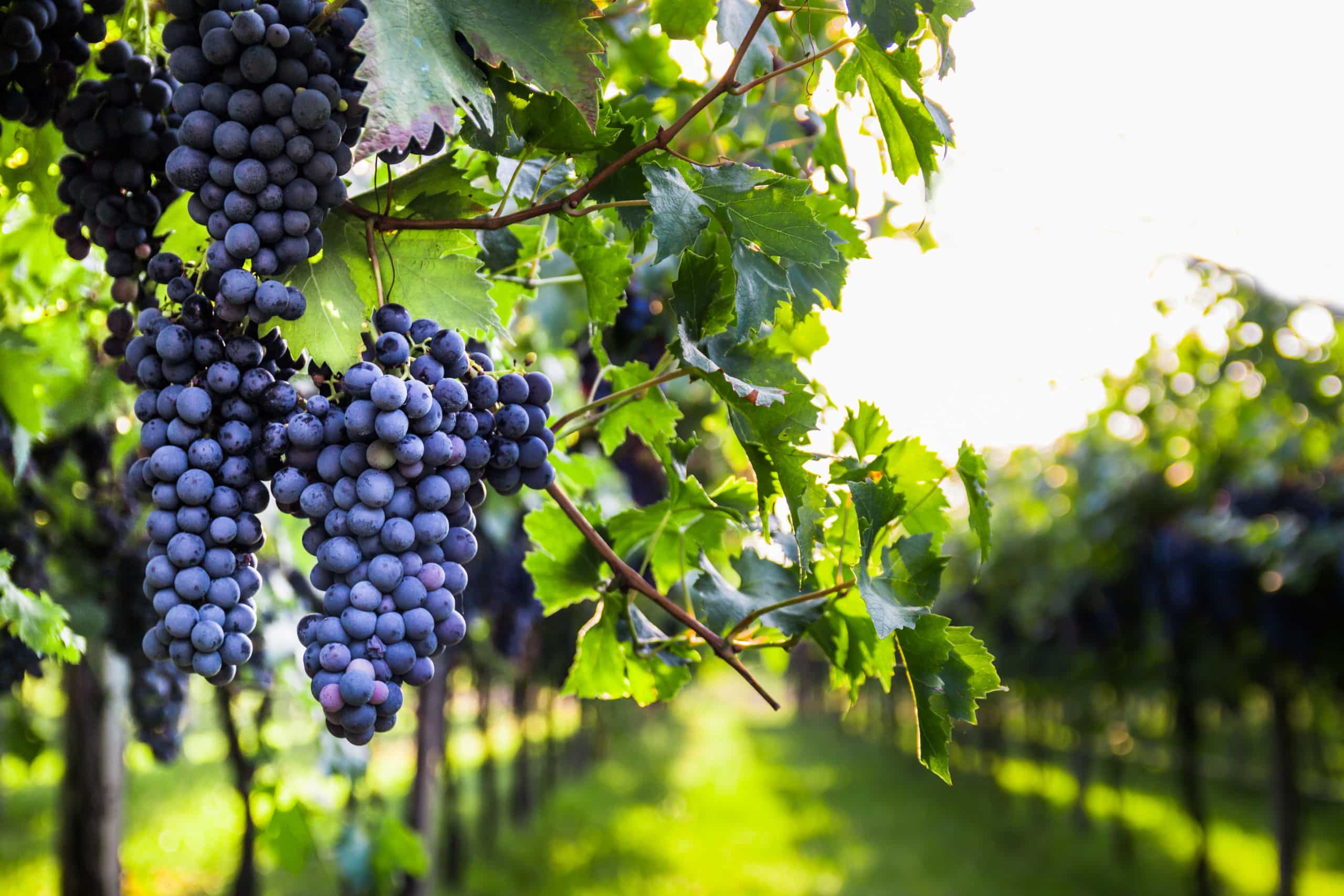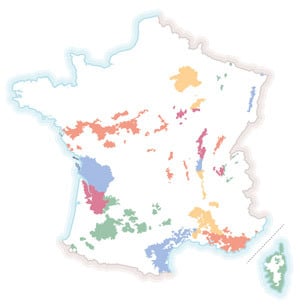
Contents
What is a data sheet?
A technical data sheet is a sort of identity card for a wine. This is a one-page document issued by the producer.
It provides a wealth of information on wine in terms of :
- Viticulture (grape stage)
- Vinification (during transformation into wine)
- Maturing (during ripening)
So much for the technical side. But you can also find other information:
- Food and wine pairing
- Tasting tips
- Tasting notes
- On-call time
How do I get it?
The Internet makes it easy to obtain a wine’s technical data sheet. Just type the domain name followed by “fiche technique” and you’ll be able to find the document. If you can’t find what you’re looking for, call the winemaker’s telephone number, which you should be able to find easily on the Internet.
How do you decipher it?
Let’s get down to the nitty-gritty: how do you read a data sheet?
First, identify the wine by finding the name of the estate (Château …, Mas …, Domaine …), the name of the cuvée (at the producer’s discretion), the appellation (AOC, IGP or table wine) and the vintage (the year of harvest).
You can then find out more about viticulture, including the precise grape varieties used and their percentages, the viticulture method (conventional, organic, biodynamic…), the yield, the age of the vines, the planting density per hectare, the number of plots cultivated…
Then you can find out more about vinification and ageing. Learn about the different stages in wine-making: maceration time, the winemaking process, the ageing process and its duration…
Finally, you’ll find practical advice on wine. How to pair it and with which dishes, at what temperature to keep it and serve it, how long to keep it and tasting notes (on color, nose and mouth).
Now you’re ready to understand everything about the wine you’re about to taste. From now on, don’t miss the opportunity to enrich your knowledge in this field. And what better way to do this than to record the wines you drink alongside their technical data in a portfolio?




